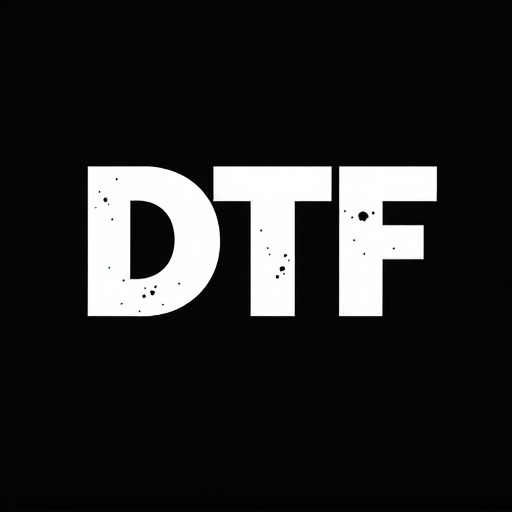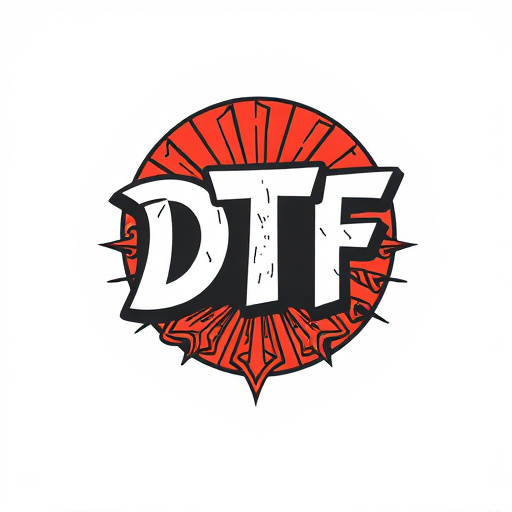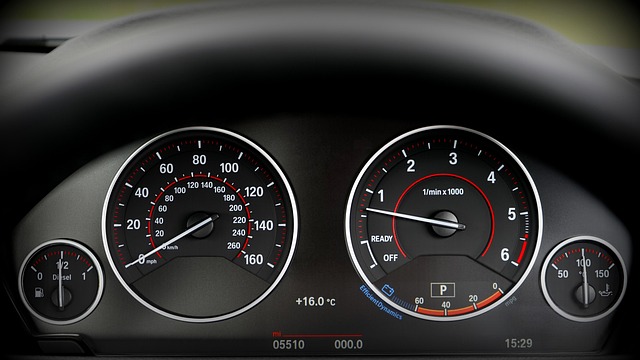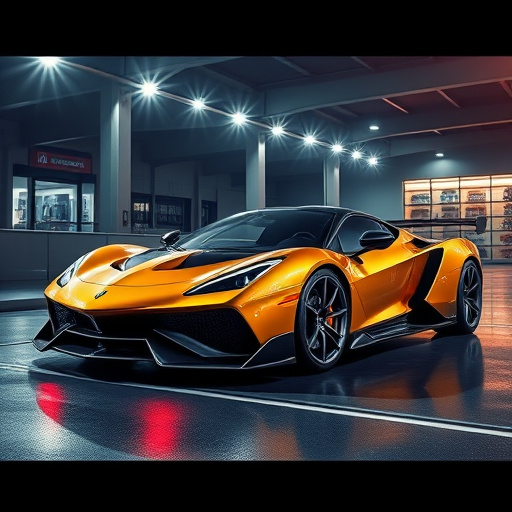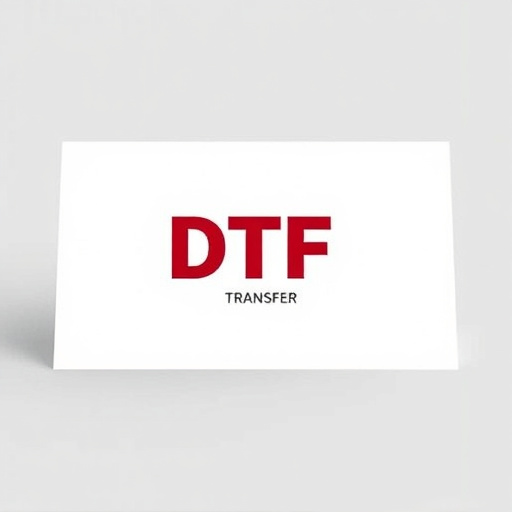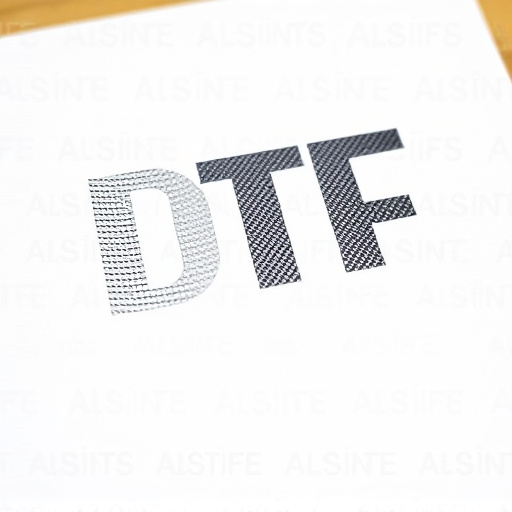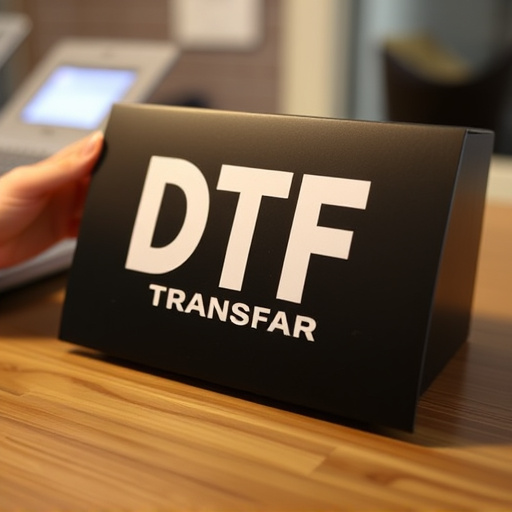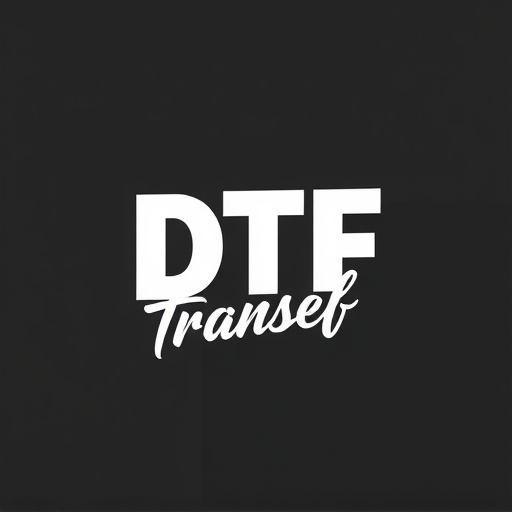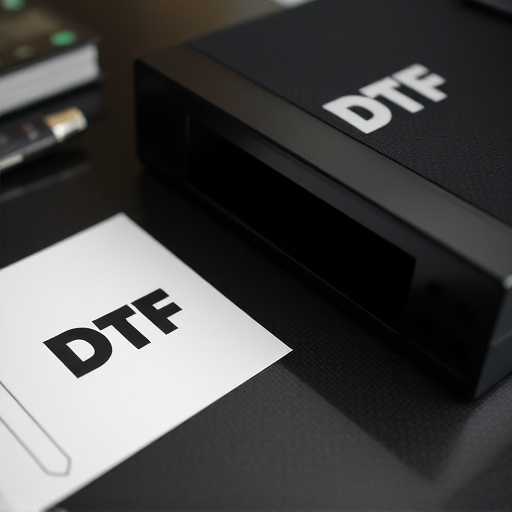Direct to Film (DTF) technology is transforming industries with its ability to produce high-quality prints of intricate design elements. Using laser imaging, DTF offers superior vibrancy, precision, and detail reproduction, ideal for film restoration and diverse applications like fashion, automotive, and architecture. With advanced software and specialized printers, DTF Prints capture subtle nuances, enhancing immersive experiences. The future holds promising advancements in resolution and color accuracy, making DTF a game-changer for custom solutions and limited-edition creations.
“Unleashing unparalleled detail in the world of printing, Direct to Film (DTF) technology is revolutionizing how intricate design elements are brought to life. This cutting-edge process, known for its ability to reproduce complex visuals with remarkable precision, is transforming various industries. From fashion and textiles to signage and packaging, DTF Prints offer a game-changer in visual communication. This article delves into the intricacies of DTF technology, exploring its advantages, the creative process, ideal applications, and future prospects, providing insights for professionals seeking innovative printing solutions.”
- Understanding DTF Prints: An Overview of Direct to Film (DTF) Technology
- Advantages of DTF for Reproducing Intricate Design Elements
- The Process: From Digital File to Physical Print
- Choosing the Right DTF Printer and Materials
- Applications: Industries Benefiting from DTF Prints
- Future Prospects: Innovations in DTF Technology
Understanding DTF Prints: An Overview of Direct to Film (DTF) Technology
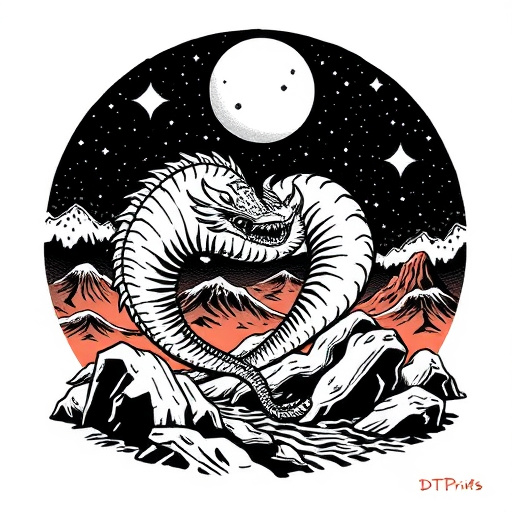
Direct to Film (DTF) technology has revolutionized the way intricate design elements are reproduced in print, particularly for film transfers. Unlike traditional printing methods that rely on ink and paper, DTF prints use a direct imaging process where images are transferred onto films using laser technology. This cutting-edge approach ensures an incredibly high level of detail and accuracy, making it ideal for showcasing complex patterns and fine lines.
DTF Prints offer several advantages in terms of quality and versatility. The direct film-to-film transfer process eliminates the need for intermediate stages, resulting in vibrant colors, sharp edges, and precise reproduction of even the most delicate design nuances. This technology is particularly appreciated in industries like film restoration, where preserving intricate visuals and textures from vintage movies is paramount.
Advantages of DTF for Reproducing Intricate Design Elements

Direct to film (DTF) printing offers significant advantages when it comes to reproducing intricate design elements in the world of visual arts and motion pictures. Unlike traditional printing methods, DTF allows for an exceptional level of detail and precision, making it ideal for showcasing complex patterns, fine lines, and subtle gradients found in many artistic and graphic designs. The process involves exposing film directly to a high-resolution digital image, resulting in a negative that accurately captures even the smallest nuances of the original artwork.
This method ensures that intricate details are not lost or distorted during the printing stage, providing a faithful reproduction on various media. DTF prints have gained popularity among filmmakers and artists due to their ability to maintain the integrity of complex visual elements, whether it’s intricate set designs, detailed costumes, or fine art textures. This level of precision contributes to creating immersive experiences, allowing audiences to appreciate the richness and depth of visuals without compromise.
The Process: From Digital File to Physical Print

The process of creating film transfers that accurately reproduce intricate design elements begins with a digital file. A high-resolution digital image or vector graphic is prepared, ensuring every detail is captured. This digital file serves as the foundation for the entire process, allowing designers to meticulously tweak and perfect their creations before moving forward.
Once the digital file is finalized, it’s time to convert it into a format suitable for printing. Advanced software and specialized techniques are employed to map the digital design onto a physical medium, often a flexible or rigid substrate. This step involves precise color matching and resolution optimization to ensure the final print mirrors the intricate details of the original digital file, resulting in stunning DTF (Digital-to-Film) prints that bring designs to life with remarkable clarity and precision.
Choosing the Right DTF Printer and Materials
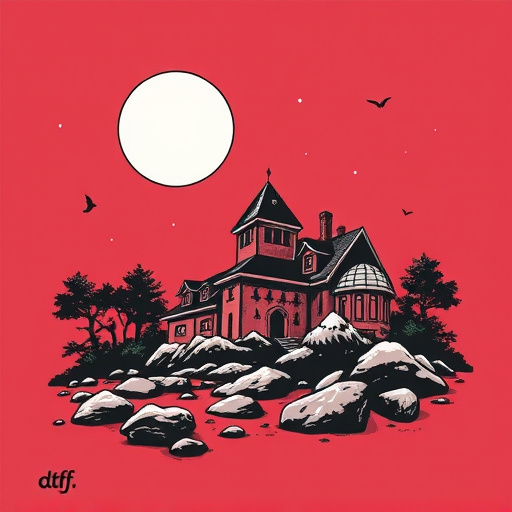
When venturing into the world of DTF (Direct-to-Film) printing, selecting the appropriate printer and materials is a pivotal step for achieving exceptional results. The right choice ensures that intricate design elements are accurately reproduced with precision and clarity. Factors to consider include print resolution, ink types, and media compatibility. High-resolution printers capable of 1440dpi or higher offer sharper details, perfect for complex patterns and fine lines.
Ink selection is equally important; choose eco-friendly options that provide vibrant colors and excellent adhesion. Water-based inks are a popular choice due to their low odor and quick drying time. The media or film used should match your printing requirements—whether it’s vinyl, polyester, or other specialized materials. Ensure compatibility with your printer to guarantee optimal output and longevity of the DTF prints.
Applications: Industries Benefiting from DTF Prints
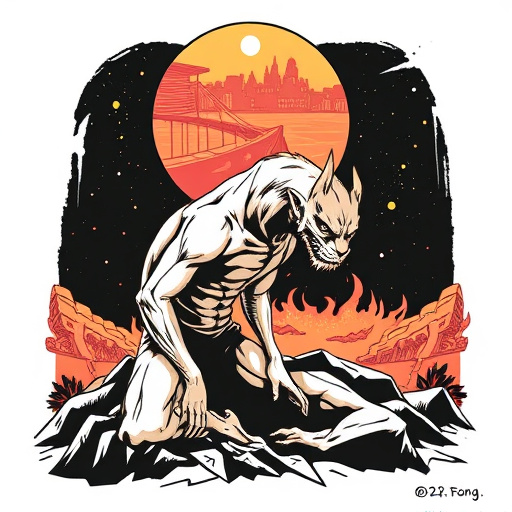
DTF Prints, with their remarkable ability to reproduce intricate design elements, find diverse applications across various industries. From fashion and textiles to automotive and architecture, the versatility of DTF technology is transforming the way products are created and personalized. In the fashion sector, designers can effortlessly incorporate detailed patterns and textures onto garments, accessories, and footwear, enabling unique and trendy designs that capture consumer attention.
In automotive, DTF Prints enhance vehicle interiors with custom-made accents, trim pieces, and decorative elements, allowing for a more personalized and luxurious driving experience. Architects and interior designers also leverage this technology to bring their creative visions to life by incorporating intricate patterns and motifs onto surfaces, from walls and floors to furniture and fixtures. Additionally, the printing capabilities extend to promotional items, providing businesses with opportunities to create eye-catching merchandise, branding materials, and marketing collateral that stand out in a crowded market.
Future Prospects: Innovations in DTF Technology
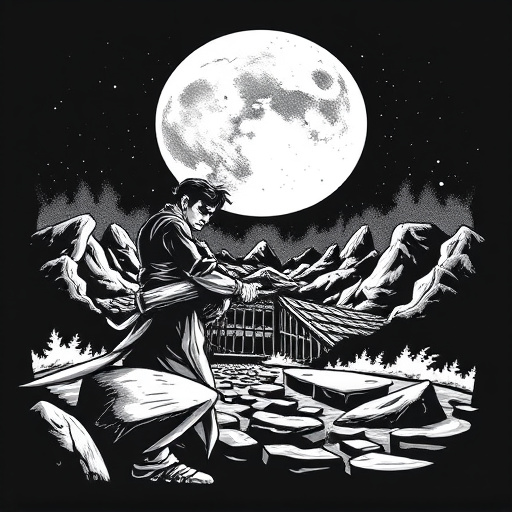
The future of film transfers and DTF (Direct to Film) printing looks promising, with continuous innovations pushing the boundaries of what’s possible. As technology advances, we can expect even more intricate and detailed DTF prints that capture every nuance of original designs. Researchers are exploring new methods to enhance resolution, color accuracy, and overall image quality, ensuring that the fine details of patterns, textures, and artwork are reproduced flawlessly.
These advancements will not only benefit traditional film enthusiasts but also have significant implications for various industries. From fashion and textiles to architecture and interior design, DTF prints can offer unique, customizable solutions. The ability to reproduce complex designs with precision opens up exciting possibilities for creating limited-edition clothing, custom home decor, and specialized architectural elements.



